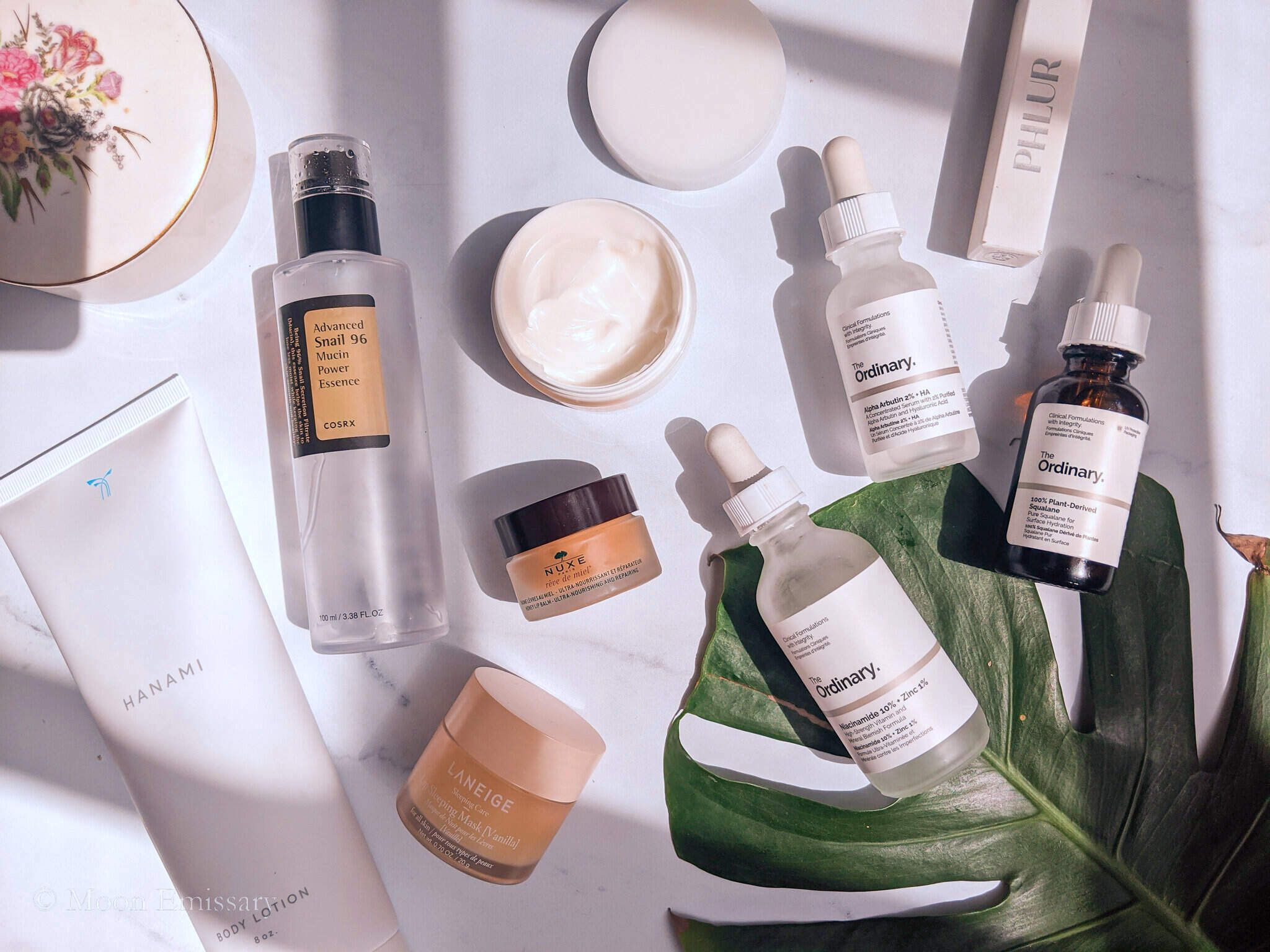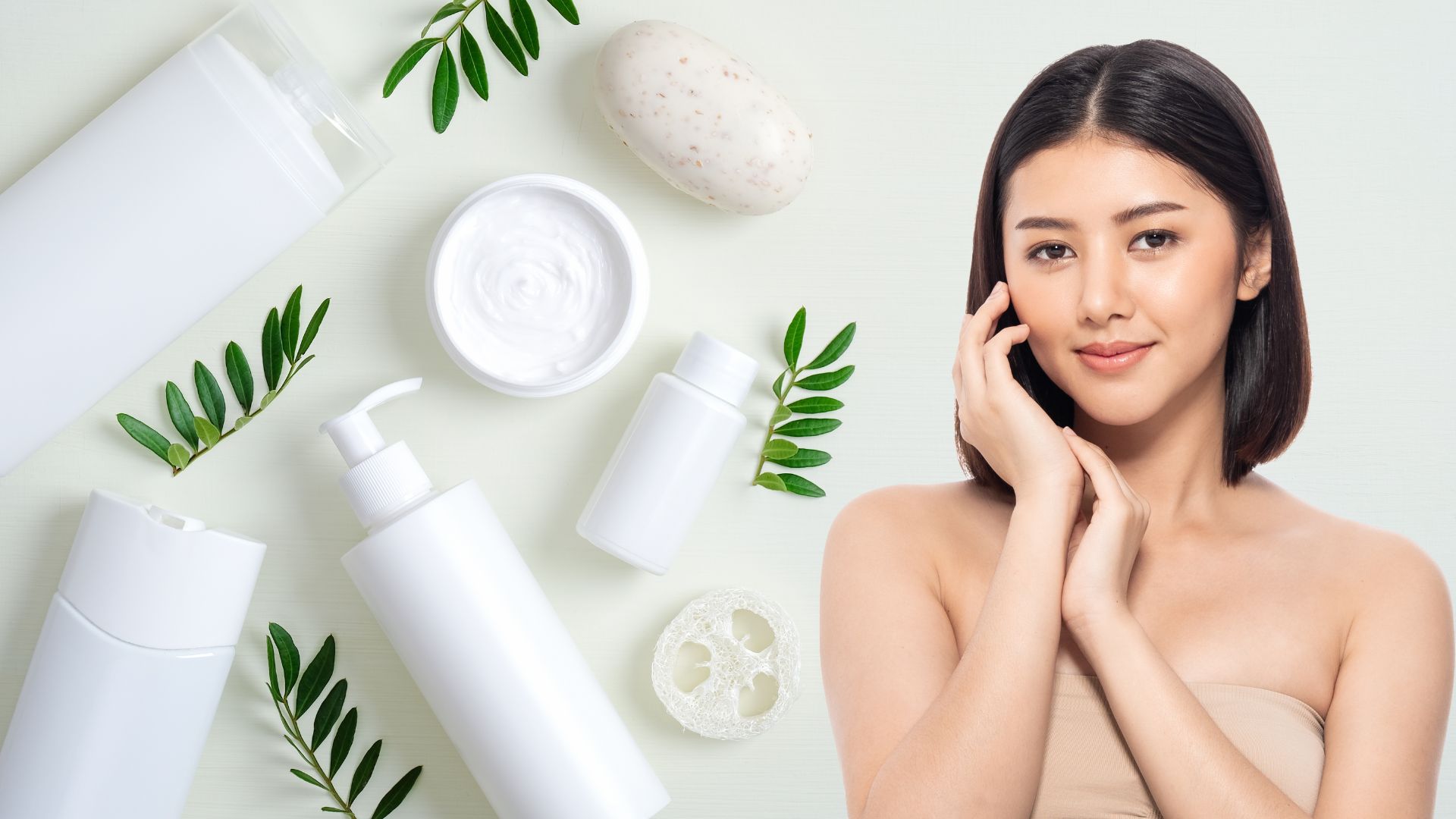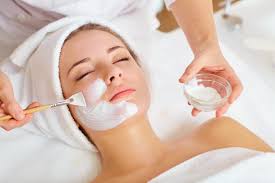Skincare is a crucial aspect of personal care that involves practices to maintain the health and appearance of the skin. The skin is the body’s largest organ, serving as a protective barrier, regulating temperature, and playing an important role in immune defense. Therefore, skincare is not merely a cosmetic endeavor, but an essential practice for overall health and well-being. From ancient remedies to modern-day formulations, the history, science, and evolution of skincare reveal how skincare routines have become an integral part of daily life. This article will explore the importance of skincare, the various types of skincare products, the role of different skin types, and how to design a personalized skincare routine.
The Importance of Skincare

Skincare is essential for protecting and nourishing the skin. The skin acts as the first line of defense against external factors such as UV rays, pollutants, harsh weather, and bacteria. Therefore, maintaining its health is crucial in preventing skin problems, such as dryness, acne, and premature aging. Skincare routines can help address these issues, ensuring the skin remains balanced, hydrated, and resilient.
Proper skincare also contributes to the skin’s natural barrier function, which helps protect against dehydration and irritation. Skin that is well-maintained can effectively retain moisture, preventing conditions like eczema and dermatitis. Furthermore, when the skin is healthy, it can better combat environmental stressors and maintain a youthful appearance for longer.
Additionally, skincare can help manage and treat common skin conditions. Conditions like acne, hyperpigmentation, and rosacea can often be addressed with targeted skincare products that aim to reduce inflammation, promote healing, or balance oil production. For individuals with chronic skin conditions, a personalized skincare regimen can go a long way in improving their quality of life.
The Layers of Skin
Before diving into skincare products, it’s important to understand the structure of the skin. The skin consists of three main layers, each with its unique function:
- Epidermis: The outermost layer of the skin, primarily made up of keratinocytes (skin cells), serves as the body’s first defense against harmful elements. It is responsible for the production of melanin, which gives skin its color. The epidermis also contains the stratum corneum, a layer of dead skin cells that protects against moisture loss and external irritants.
- Dermis: Located just beneath the epidermis, the dermis houses blood vessels, hair follicles, sebaceous (oil) glands, and connective tissue. This layer is responsible for providing the skin with strength and elasticity through collagen and elastin fibers. The dermis also contains sweat glands that help regulate body temperature.
- Hypodermis: The deepest layer of skin, composed mostly of fat and connective tissue, helps insulate the body and provides cushioning. It also serves as a reservoir for energy and plays a role in the skin’s overall appearance and texture.
Understanding these layers helps explain why skincare products focus on targeting specific concerns, such as hydration (which affects the epidermis), anti-aging (which impacts the dermis), or improving skin elasticity (linked to the hypodermis).

Understanding Skin Types
One of the first steps in developing a skincare routine is identifying your skin type. Everyone’s skin is unique, and understanding how your skin behaves will help you choose the right products and treatments. There are five main skin types:
- Normal Skin: Normal skin has a balanced level of moisture and oil. It feels neither oily nor dry and typically has a smooth texture with few imperfections. People with normal skin may not need many treatments but should still focus on maintaining skin hydration and protection.
- Dry Skin: Dry skin often feels tight, rough, and flaky, and it may show signs of redness and irritation. People with dry skin have lower levels of sebum production, which can lead to insufficient moisture. Moisturizing products, hydrating serums, and gentle cleansers are essential for managing dry skin.
- Oily Skin: Oily skin produces excess sebum, making it shiny, particularly around the T-zone (forehead, nose, and chin). Oily skin can lead to clogged pores and breakouts. Cleansers that control oil production and mattifying products can help manage the shine, while exfoliation can reduce pore clogging.
- Combination Skin: Combination skin displays characteristics of more than one skin type. Typically, the T-zone will be oily, while the cheeks and other areas may be dry. People with combination skin need products that balance oil production while providing hydration to drier areas.
- Sensitive Skin: Sensitive skin is prone to redness, irritation, and reactions to certain products or environmental factors. It requires gentle, non-comedogenic (non-pore-clogging) products. It’s important for those with sensitive skin to avoid harsh chemicals and opt for soothing ingredients like aloe vera or chamomile.
Essential Steps in a Skincare Routine
Creating an effective skincare routine begins with the basics. While everyone’s routine will vary based on individual needs, there are several essential steps that should be incorporated into most regimens.
- Cleansing: Cleansing is the first and most important step in any skincare routine. It helps remove dirt, oil, makeup, and other impurities from the skin’s surface. Choosing the right cleanser depends on your skin type—gel-based cleansers are ideal for oily skin, while cream-based cleansers are more suitable for dry skin. Cleansing twice a day, in the morning and evening, helps keep the skin free from excess buildup.
- Toning: Toners help balance the skin’s pH after cleansing, remove any remaining impurities, and prepare the skin for further treatment. A good toner can also hydrate and tighten the skin. For sensitive skin, toners without alcohol are recommended, as alcohol-based toners can be drying.
- Exfoliation: Exfoliating helps remove dead skin cells, promoting cell turnover and revealing fresher, smoother skin. This can be done physically, using scrubs or brushes, or chemically, using exfoliants like alpha-hydroxy acids (AHAs) or beta-hydroxy acids (BHAs). However, exfoliating too often or using harsh exfoliants can damage the skin, so it’s important to exfoliate 1-3 times a week based on your skin type.
- Serums and Treatments: Serums contain concentrated ingredients that target specific skin concerns, such as wrinkles, dark spots, or acne. Vitamin C, hyaluronic acid, and retinol are popular serum ingredients. Hyaluronic acid is known for its hydrating properties, while retinol helps with anti-aging and acne. When choosing a serum, it’s important to consider your skin’s needs and apply it after toning.
- Moisturizing: Moisturizing helps lock in hydration and keeps the skin soft and supple. Regardless of skin type, everyone should use a moisturizer. Oily skin may benefit from lightweight, oil-free formulas, while dry skin needs thicker, more emollient moisturizers. Look for ingredients like ceramides and glycerin, which help the skin retain moisture.
- Sun Protection: Sunscreen is arguably the most crucial step in skincare. UV rays can cause premature aging, dark spots, and even skin cancer. Broad-spectrum sunscreen with at least SPF 30 should be applied daily, even on cloudy days, to protect against both UVA and UVB rays. Sunscreen can be applied as the final step in the morning routine.

Skincare Ingredients to Know
There are countless skincare ingredients on the market, but some stand out due to their proven efficacy. Here are some key ingredients to be familiar with:
- Hyaluronic Acid: Known for its hydrating properties, hyaluronic acid helps the skin retain moisture, making it ideal for dry and dehydrated skin.
- Retinol: A form of Vitamin A, retinol is renowned for its anti-aging benefits. It helps accelerate cell turnover and can reduce the appearance of fine lines and wrinkles.
- Vitamin C: An antioxidant that brightens the complexion and helps even out skin tone, Vitamin C also protects the skin from free radical damage caused by UV exposure.
- Niacinamide: This ingredient helps reduce inflammation, redness, and the appearance of pores. It’s also known for its ability to improve skin texture and even skin tone.
- Salicylic Acid: A BHA that helps exfoliate inside the pores, making it effective for treating acne-prone skin.
Skincare Myths and Misconceptions
While skincare is highly beneficial, there are many myths that can cloud people’s understanding of how to care for their skin. Some common skincare misconceptions include:
- You only need sunscreen on sunny days: UV rays are present even on cloudy days or during winter, so sunscreen should be worn year-round.
- Oily skin doesn’t need moisturizer: Oily skin still requires hydration to maintain its balance. Skipping moisturizer can actually make the skin produce more oil.
- Expensive products are always better: Price does not always equate to quality. The key is to find products that suit your skin type and concerns, regardless of price.

Conclusion
Skincare is a multifaceted practice that serves both cosmetic and health-related purposes. With proper care, individuals can maintain healthy, glowing skin that is better protected from environmental factors and skin conditions. By understanding your skin type, the key steps in a skincare routine, and the most effective ingredients, you can create a skincare regimen that suits your unique needs. As the skincare industry continues to innovate, there are more products and treatments available than ever before to help individuals achieve their skincare goals. Ultimately, the path to healthy skin lies in consistency, knowledge, and self-care.

No responses yet